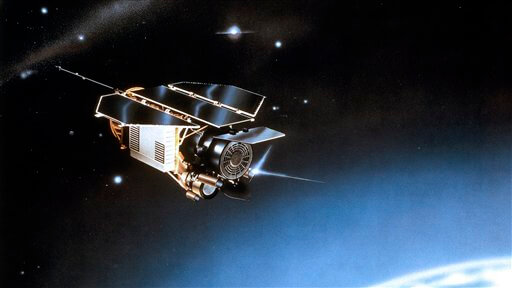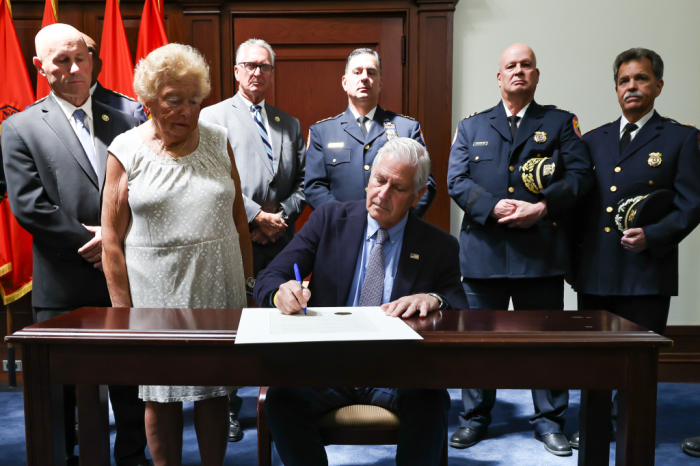
Here we go again. The countdown to a space probe crash.
Just a few months ago, we were counting down the hours until a space probe returned to where it came from, not knowing whether it would pummel into our own house or into an ocean on the other side of the planet.
Today, the Earth is expecting another crash, this time a failed Russian space probe that was designed to travel to the moon of Mars but got stuck in Earth’s orbit after its launch in early November.
This time, the crash is worrying more people as it’s said to be one of the heaviest and most toxic space probes to crash into Earth. According to the Associated Press, the unmanned 14-ton Phobos-Grunt is carrying over 12 tons of highly toxic rocket fuel.
Though the Associated Press also reported that space officials and experts say the risks are minimal as its orbit is mostly over water and as with most space junk returning to Earth, most of it will burn up in the atmosphere anyway—Reportedly only around 20 to 30 fragments will survive the re-entry and penetrate Earth.
According to Space.com, Russian space officials estimate that Phobos-Grunt may hit Earth beetween Sunday and Monday, with a center on Jan. 15 at 4:51 p.m EST.
Reportedly, the Russian Federal Space Agency released a map of its expected crash zone which is located in the southern Pacific Ocean. Luckily, the U.S. is out of the risk zone that according to reports, includes Europe and southeast Asia.
In September, in a similar event, a German satellite returned to Earth.
According to NASA, the Joint Space Operations Center at Vandenberg Air Force Base in California determined UARS entered the atmosphere over the Pacific Ocean (at 14.1 degrees south latitude and 189.8 degrees east longitude) over a remote ocean area in the Southern Hemisphere—Luckily, the location was reportedly far from land, which wasn’t ruled out as a possibility as scientists tried to predict it’s landing location.
Again, scientists noted that most parts of the over 2-ton satellite, ROSAT, were expected to burn during re-entry into the atmosphere but said that up to 30 pieces could possibly have made it through and crashed into Earth.



































